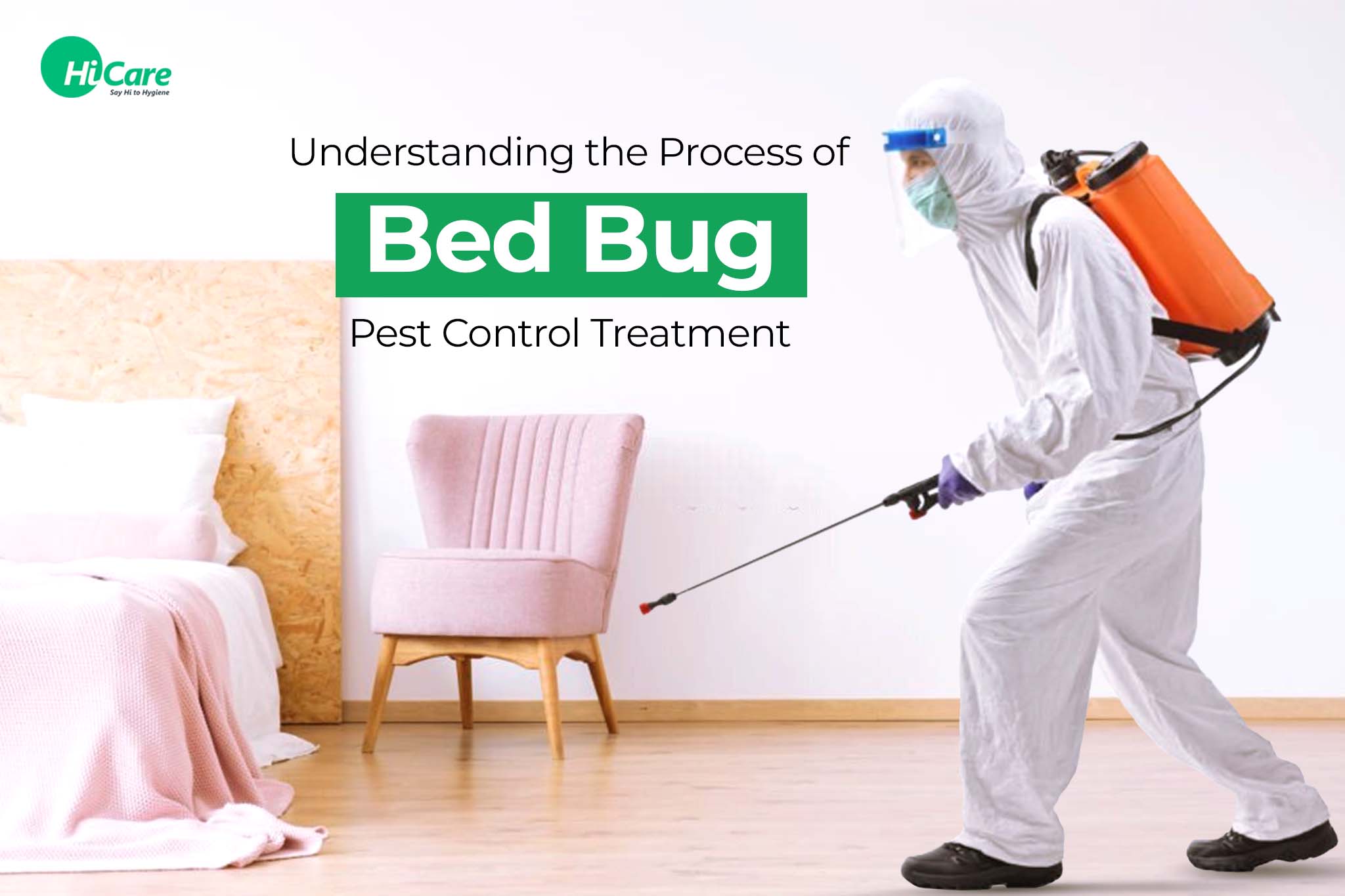A1 Bed Bug Exterminator Houston: Reliable Treatment Solutions
A1 Bed Bug Exterminator Houston: Reliable Treatment Solutions
Blog Article
Understanding the Lifecycle of Insects for Targeted Control Methods
Comprehending the lifecycle of pests is a basic facet of reliable parasite monitoring strategies. Via a deeper understanding of exactly how insects flourish and advance, customized control strategies can be designed to deal with details points in their lifecycle, eventually leading to more successful pest monitoring results.
Relevance of Understanding Insect Lifecycle
Understanding the lifecycle of bugs is crucial for establishing effective and targeted control strategies in insect monitoring. By understanding the different phases a pest undergoes from egg to grownup, parasite control professionals can determine at risk factors in the lifecycle where intervention can be most effective. Recognizing when larvae are most energetic can help figure out the optimal timing for using larvicides. Furthermore, understanding the lifespan of an insect varieties can assist in predicting population development patterns and potential invasion dangers.
Moreover, identifying the particular environmental problems needed for every stage of the parasite's lifecycle can assist decisions on habitat modification or exemption techniques to decrease and interrupt the lifecycle insect populaces. This expertise makes it possible for pest monitoring professionals to apply aggressive steps rather than counting exclusively on reactive treatments, leading to even more long-term and sustainable pest control solutions. Eventually, an extensive understanding of pest lifecycles encourages insect control professionals to tailor their methods successfully, decreasing environmental influences and optimizing control results.
Trick Phases in Parasite Development
To effectively implement targeted control methods in parasite management, a critical facet exists in comprehensively recognizing and understanding the key phases in insect advancement. Insect advancement usually consists of several vital stages that are critical for their lifecycle and management.

Susceptabilities in Insect Lifecycle
Throughout the various phases of a pest's lifecycle, distinctive vulnerabilities arise that can be purposefully targeted for efficient control procedures (A1 bed bug removal houston). One vital vulnerability lies in the egg stage, where bugs are frequently a lot more vulnerable to specific pesticides or organic control agents due to their soft outer shell, making them much easier targets for intervention. Understanding these vulnerabilities in the pest lifecycle is essential for establishing precise and reliable control techniques that effectively manage pest populations while minimizing environmental impact.
Carrying Out Targeted Control Measures

Executing targeted control procedures typically entails a multi-faceted strategy. This might include environment adjustment to make the environment much less congenial to bugs, such as eliminating standing water for mosquito control or securing access points for rodents. Furthermore, organic control methods can be utilized, where natural killers or microorganisms are A1 Bed Bug treatment houston presented to keep parasite populaces in check.
Chemical control, such as the cautious application of pesticides, is one more common approach. It is crucial to make use of these compounds sensibly to decrease ecological effect and possible damage to non-target varieties - A1 bed bug extermination houston. Integrated Bug Monitoring (IPM) approaches that combine numerous control procedures in a coordinated and sustainable fashion are often one of the most reliable in achieving lasting insect administration objectives. By executing targeted control steps based upon an extensive understanding of pest lifecycles, insect populations can be efficiently controlled while decreasing dangers to human wellness and the atmosphere.
Improved Parasite Administration Practices

Moreover, the unification of biological control agents, such as natural killers or virus of pests, can assist reduce dependence on chemical pesticides and advertise a more balanced community. Applying physical obstacles and traps can also belong to enhanced pest management techniques, using safe and targeted solutions for insect control. In addition, making use of pheromones and other semiochemicals can interrupt pest breeding patterns and interaction, leading to lowered insect populations over time.
Final Thought
Finally, comprehending the lifecycle of pests is critical for efficient insect administration strategies. By determining essential stages in insect development and susceptabilities in their lifecycle, targeted control actions can be applied to lessen pest populations. Enhanced parasite administration methods can help in reducing the reliance on broad-spectrum chemicals and advertise more lasting and eco-friendly parasite control techniques. This understanding plays an important duty in preserving healthy and balanced communities and farming performance.
Recognizing the lifecycle of bugs is essential for developing reliable and targeted control approaches in parasite management. By understanding the different stages an insect goes through from egg to adult, pest control professionals can identify susceptible factors in the lifecycle where intervention can be most successful. Eventually, a complete understanding of insect lifecycles equips parasite control practitioners to tailor their methods successfully, taking full advantage of and decreasing environmental influences control outcomes.
By implementing targeted control measures based on a detailed understanding of parasite lifecycles, insect populations can be properly controlled while lessening dangers to human health and the environment.
By determining key phases in bug advancement and susceptabilities in their lifecycle, targeted control procedures can be carried out to decrease pest populaces.
Report this page